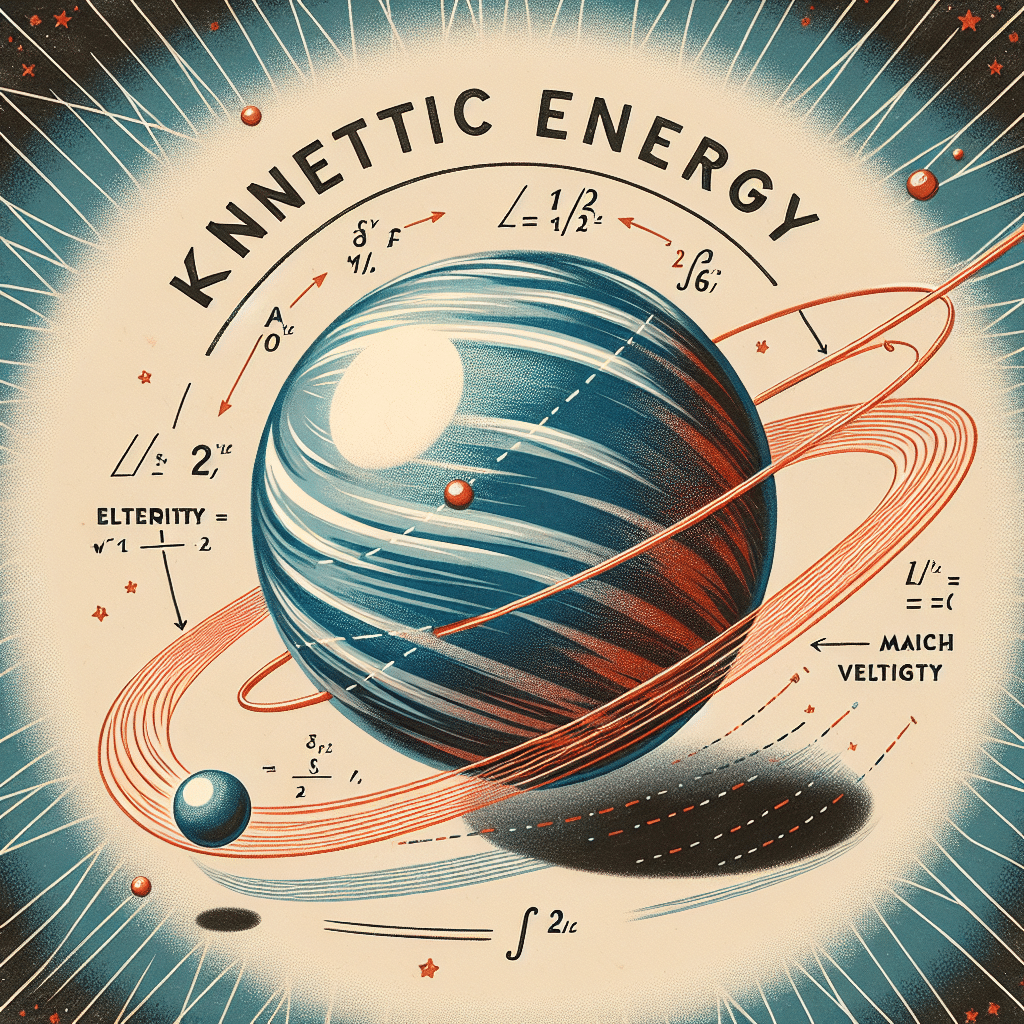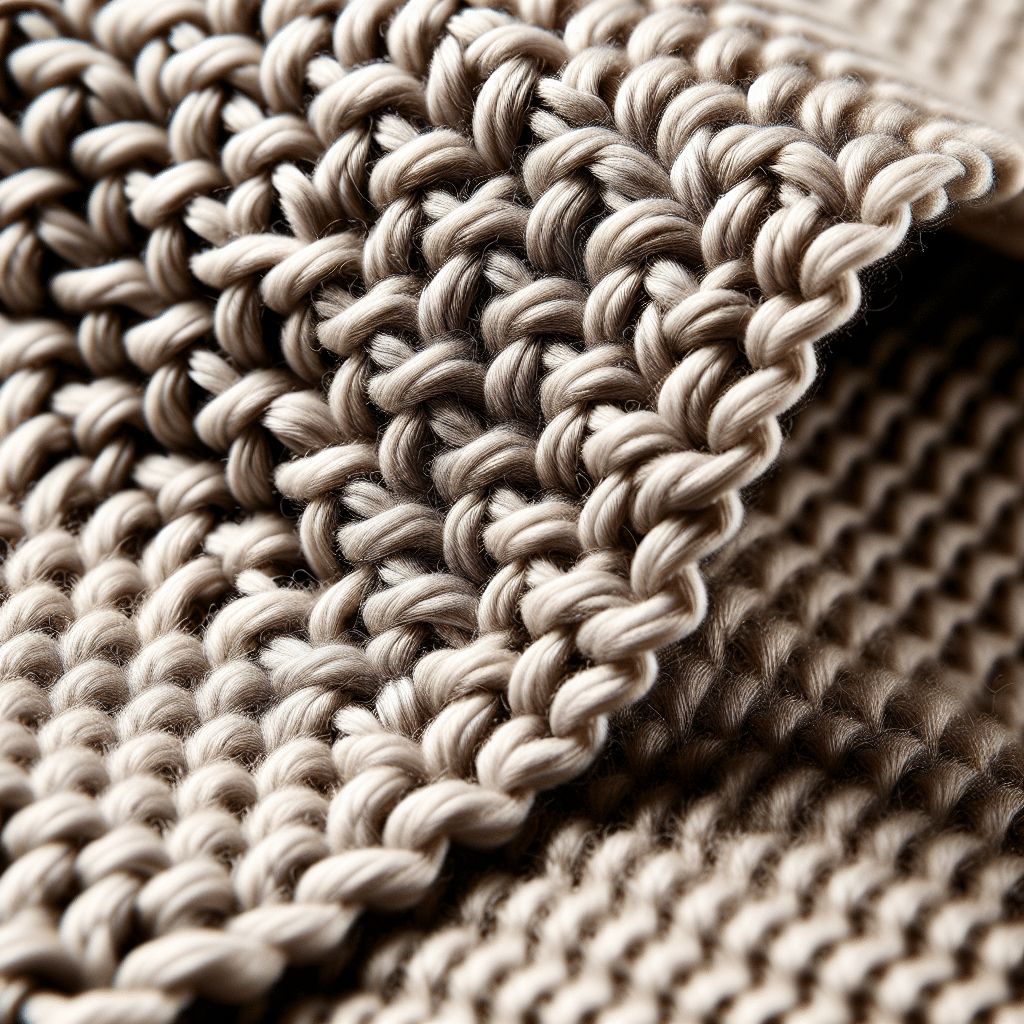When discussing the kinetic energy of a marble, it is essential to understand that kinetic energy (KE) is the energy an object has due to its motion. The formula for calculating kinetic energy is defined as KE = 0.5 * m * v², where m represents the mass of the marble in kilograms and v represents its velocity in meters per second. For example, if you have a marble with a mass of 0.005 kilograms (5 grams) rolling at a speed of 2 meters per second, its kinetic energy would be KE = 0.5 * 0.005 * (2)², resulting in 0.01 joules. Understanding this concept is crucial in various fields, including physics, engineering, and everyday applications, as it serves as a basis for studying motion and energy transfer in objects.
Understanding Kinetic Energy
Kinetic energy is a fundamental concept in classical mechanics, representing the energy of an object in motion. The importance of kinetic energy extends to various applications, from sports to engineering and even in the natural world. Grasping kinetic energy allows us to predict how objects move and interact, enhance safety measures, and improve designs in technology.
The Kinetic Energy Formula
The formula for kinetic energy is expressed as:
KE = 0.5 * m * v²
Where:
- KE = Kinetic Energy (in joules)
- m = Mass of the object (in kilograms)
- v = Velocity of the object (in meters per second)
Applying the Kinetic Energy Formula to Marbles
To calculate the kinetic energy of a marble, begin by determining its mass and velocity. Marbles generally weigh between 4 and 5 grams, or 0.004 to 0.005 kilograms. The next step is measuring the velocity, which can be done using techniques such as timing how long it takes for a marble to travel a certain distance.
Example Calculation
Imagine you have a standard marble with a mass of 0.005 kg, and it rolls down a slope accelerating to a speed of 1.5 m/s. Plugging the values into the formula:
KE = 0.5 * 0.005 kg * (1.5 m/s)²
This results in KE = 0.5 * 0.005 * 2.25 = 0.005625 joules. Thus, the kinetic energy of this marble at 1.5 m/s is approximately 0.0056 joules.
Factors Influencing Kinetic Energy
The kinetic energy of a marble can vary based on several factors:
- Mass: Heavier marbles will have more kinetic energy, assuming velocity remains constant.
- Velocity: Kinetic energy increases with the square of the velocity. Doubling the speed increases the kinetic energy by a factor of four.
- Friction and Resistance: Surface texture and air resistance can also affect the marble’s speed and, consequently, its kinetic energy.
Practical Applications of Kinetic Energy
Understanding kinetic energy has several practical implications:
- Sports: In sports like marbles or bocce ball, players apply concepts of kinetic energy to strategize their shots.
- Engineering: Engineers consider kinetic energy when designing objects like vehicles, with safety features based on energy transfer during collisions.
- Education: Kinetic energy serves as an excellent teaching tool in physics education, demonstrating fundamental concepts of motion and energy transfer.
Alternatives and Common Misconceptions
While calculating kinetic energy using mass and velocity gives a clear picture, some might confuse it with potential energy. Potential energy is related to an object’s position, while kinetic energy is purely based on motion. So, when a marble is stationary or at rest, it has no kinetic energy until it begins to move.
Frequently Asked Questions (FAQ)
1. Does the size of a marble affect its kinetic energy?
Yes, if the size of the marble correlates with its mass. A larger marble generally weighs more, increasing kinetic energy if both marbles move at the same speed.
2. How does speed affect the kinetic energy of a marble?
Speed has a significant impact on kinetic energy. Since kinetic energy is proportional to the square of speed, increasing the velocity from 1 m/s to 2 m/s quadruples the kinetic energy.
3. Can kinetic energy be transformed into other forms of energy?
Yes, kinetic energy can be transformed, for example, into potential energy during a marble’s ascent up a slope or into thermal energy due to friction.
4. What are some real-life examples of kinetic energy in marbles?
Common examples include marbles rolling down ramps in physics experiments to demonstrate energy transformation and competitive games where players aim to knock other marbles out of a circle.
5. How does temperature affect the kinetic energy of a marble?
While the temperature itself does not change the kinetic energy directly, it can influence the marble’s material properties, possibly affecting its motion and subsequent kinetic energy when in use.
Conclusion
Understanding the kinetic energy of a marble illuminates the broader concepts of energy and motion. By applying the kinetic energy formula to various scenarios, you gain practical insights applicable across multiple disciplines. Recognizing the relationship between mass and speed ensures a comprehensive understanding of how motion influences energy in the physical world.



